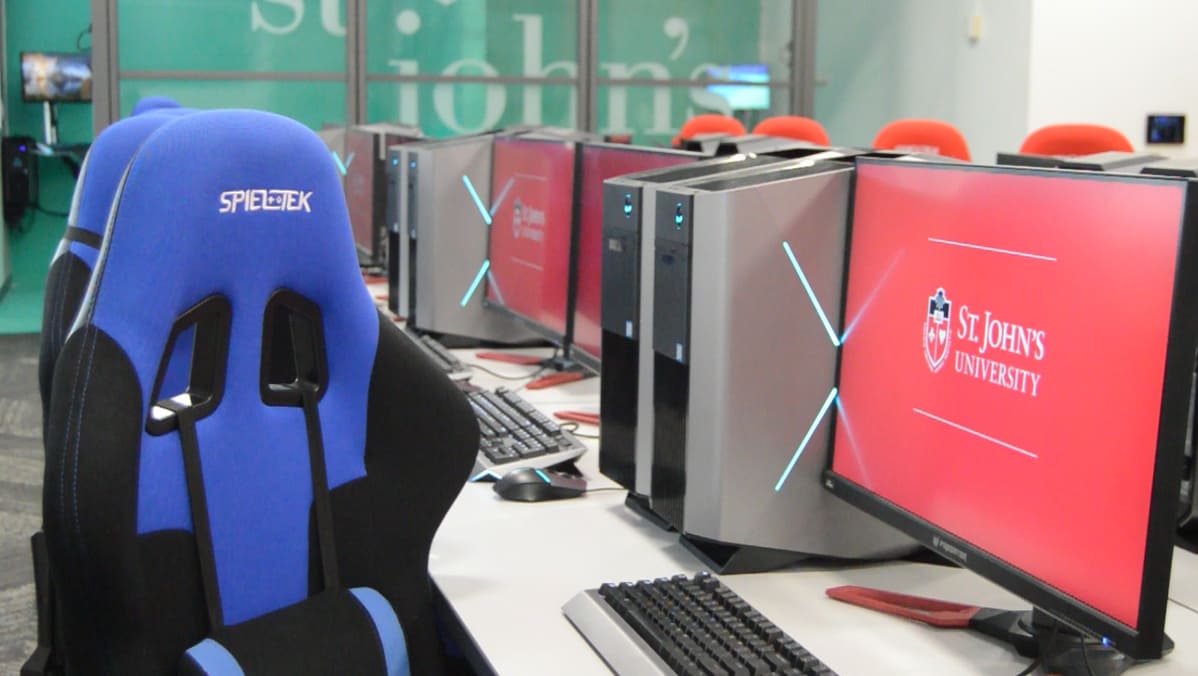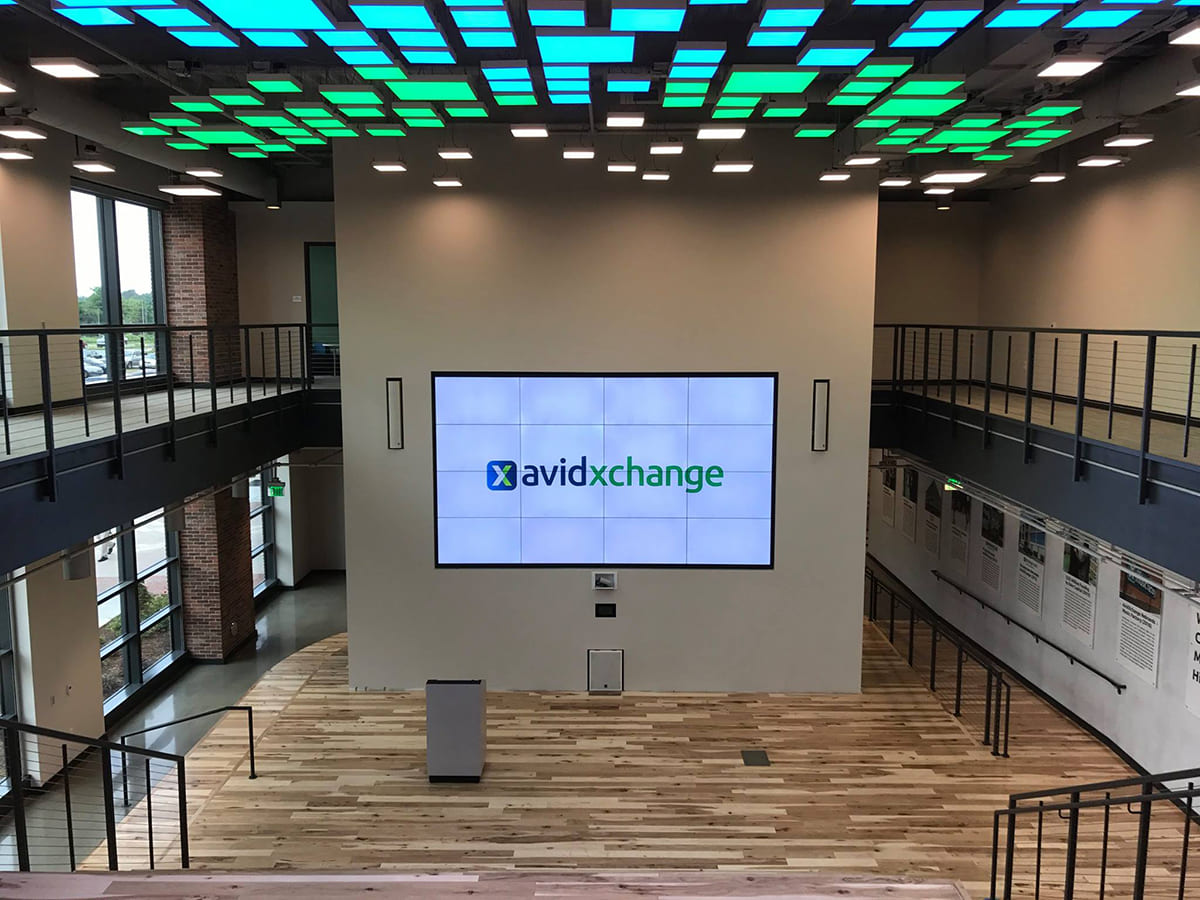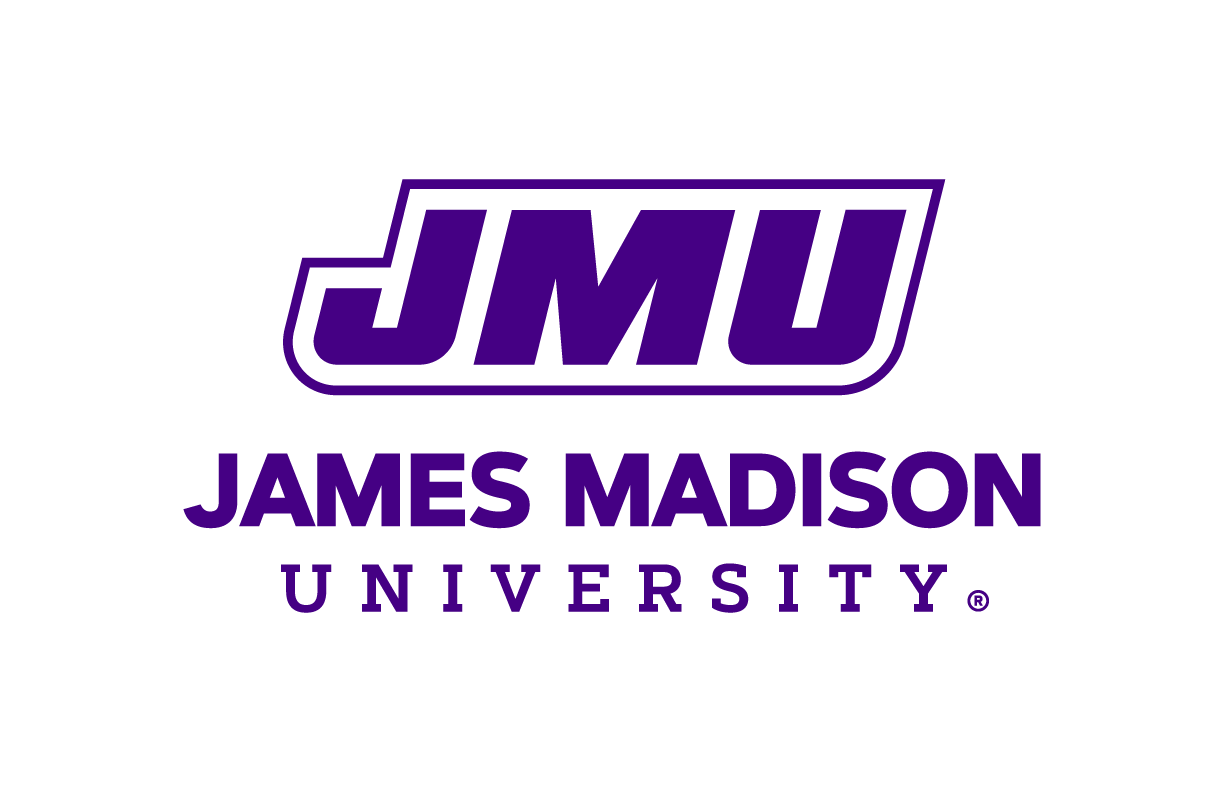Mission:
To advance experiential learning with a modern college laboratory environment integrating the latest video display, 3D, simulation, and collaborative technologies used in professional applications.
Vertical:
Higher Education
Location:
St. John’s University
Queens Campus
8000 Utopia Parkway
Queens, NY
Technology
- Sennheiser Wireless Microphones
- Lab.gruppen Amplifier
- Dante Audio Network with Biamp Tesira Servers
- Cisco SX80
- Crestron DigitalMedia System
- Crestron Control System
- Vaddio AV Bridges
- Samsung LED and 3D video displays
- Middle Atlantic Power Distribution
Challenges
- Create a flexible and adaptable infrastructure to support a learning environment that can evolve with cutting-edge technologies
- Integrate advanced tools replicating those used in professional applications to enhance hands-on training in an educational laboratory
- Optimize environmental factors in combinable rooms and connected laboratories for intelligible sharing of vital information
- Distribute audiovisual content to multiple rooms and display types for collaborative learning
- Provide user-friendly AV and room environmental controls for faculty and students
- Accommodate BYOD wireless technologies
Solution
- The College of Professional Studies’ numerous laboratories were integrated via a shared audiovisual network that allows content to be displayed on any of the facility’s large-screen displays
- Technologies were implemented in a way that replicates real-world applications while also fostering educational use of tools
- Strong communications between St. John’s University’s College of Professional Studies and IVCi teams in a collaborative realization of the project vision
- IVCi leveraged existing relationships with manufacturers to overcome technical obstacles while deploying the system
IVCi Helps St. John’s University Create Flexible Collaborative Learning Laboratories for the College of Professional Studies
The stately St. Augustine Hall on the Queens Campus of St. John’s University is now home to a modern suite of high-tech laboratories. Purpose-built for interdisciplinary collaboration among its College of Professional Studies (CPS) programs, the labs were engineered for flexible and adaptable use of advanced software and hardware tools.
The dynamic, reconfigurable collection of rooms is built around the latest real-world technologies, including the only implementation of the ETC Advanced Disaster Management Simulator (ADMS) in higher education. Connected via a digital media network designed by technology consulting firm Cerami and Associates and implemented by audiovisual technology integrator IVCi, the school’s Homeland Security Lab, Cyber Security Lab, Computer
Science Lab, Innovation Lab, Innovation and Design Enhancing the Arts (IDEA) Lab, and Communication and Collaboration Commons can be utilized independently or together for experiential learning.
“I don’t consider these places labs. I consider them shared spaces where the students come together,” said Katia Passerini, Ph.D., CPS Dean and a professor in computer science, mathematics, and science. Noting how the free- flowing combination of rooms enables frequent spontaneous discussions between professors and students, she added, “Who knows where the discussion can lead? This is a community and a movement to see what’s next and how we can build it together.”
A vast number of computer displays throughout the CPS Labs are complemented by several large-screen setups, including flat-panel displays and a combinable four-screen video wall in the classrooms, projection systems in the commons, and a video wall in the lobby. All 23 of the large screens are connected for seamless sharing of content between the spaces, enabling their combined or separate use for videoconferencing, hybrid and distance learning, lectures, meetings, and collaboration.
Managing the complex build-out that connected the CPS Labs via a control system that would be easy for students and faculty to use, long-term SJU technology partner IVCi worked closely with CPS’ in-house IT teams and administrators. Together, the teams configured a digital media network that manages an abundance of data and content in the background, while presenting a seamless experience for users on the front end.
“The system IVCi implemented here at the CPS Labs is very unique in the fact that we can push content from any source to any destination,” explained Joe Rodriguez, Senior AV Project Manager with IVCi. “What that does is enable students to sit in other labs and experience what students in the ADMS lab are experiencing, without interrupting the class. We also gave them the option that if one room is crowded we can push that content into another room for overflow.”
Used primarily in professional training applications, ADMS is one of the major differentiators for CPS educational programming. But integrating ADMS into a university laboratory environment was groundbreaking not just in terms of application, but also engineering. CPS’ collaborative vision included the environmental ideal of an open and spacious feeling throughout the laboratories. This prompted a request that ADMS’ large server and bulky cabling infrastructure be relocated from its usual place near the simulator’s displays to a remote equipment closet instead.
This feat required significant integration between the ADMS system, Crestron DigitalMedia switching and a Dante audio network via the Biamp Tesira Server IO’s. In order to successfully accomplish moving the required signals throughout the space, IVCi’s engineering team worked directly with the developers of ADMS.
“Essentially, ADMS is a room in a box,” said Brian Hayes, Senior AV Sales Engineer with IVCi. “It usually works independently of the other technologies used in a space, so they didn’t have a proven solution to extend the signals out to other integrated systems. After it was determined that CPS wanted the additional benefit of being able to share the ADMS content throughout the rest of the space, we collaborated with the team at ETC Simulation Training Systems and St. John’s to ensure that we met their technical system standards and requirements while also meeting needs for additional functionality in the space.”
Collaboration among teams was vital to other elements of the CPS Labs project as well. To be truly interdisciplinary meant that the challenges of supporting a Cyber Security program collided with sharing visual elements of learning. IVCi worked closely with the CPS IT team as it created a separate network for Cyber Security training, ensuring that associated video feeds could still be shared throughout the space.
The technology connections don’t end there. For the digital forensics component of the Cyber Security curriculum, WolfVision 3D document cameras were installed in the lab ceiling and connected to displays that automatically change to 3D images when content is received from those devices.
Like the software and hardware within them, the CPS Labs are all about connections. Students and faculty instantly took to maximizing the new offerings provided across the various rooms. The Homeland Security Club and Cyber Security Club regularly use the various large-screen displays to connect activities. Robots and drones rove the Innovation Lab. Mass communications students and the Advertising Club create new visions in the IDEA Lab.
Bustling with activity, the collaborative spaces support CPS’ ideals for entrepreneurship and a hands-on approach that will make graduating students vital contributors to the workforce. As collaborative grounds for experimentation and learning, the flexible technological infrastructure of the CPS Labs provides a combined classroom that reflects the real world.





